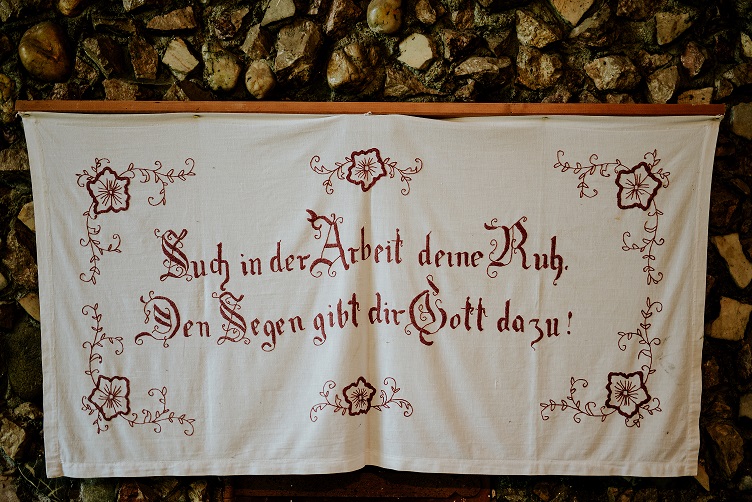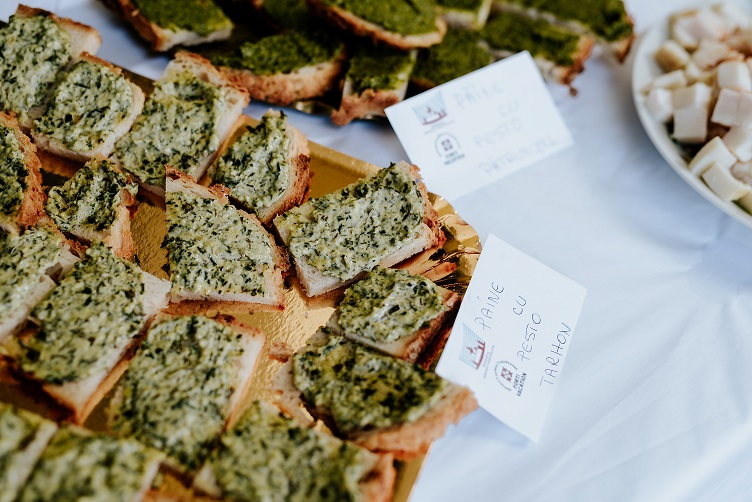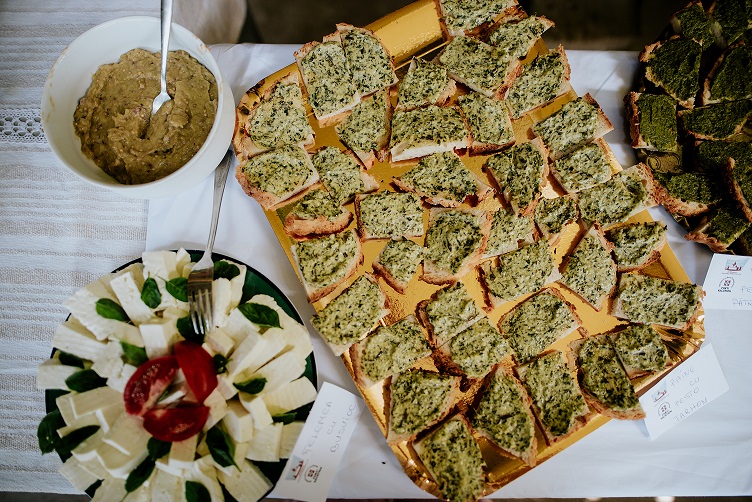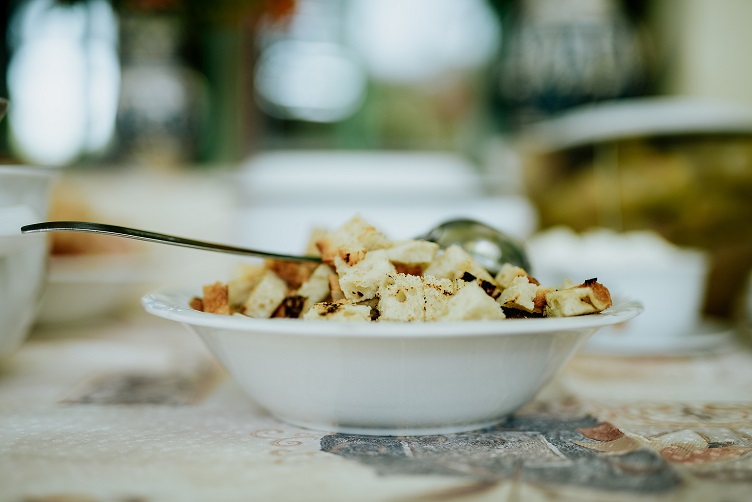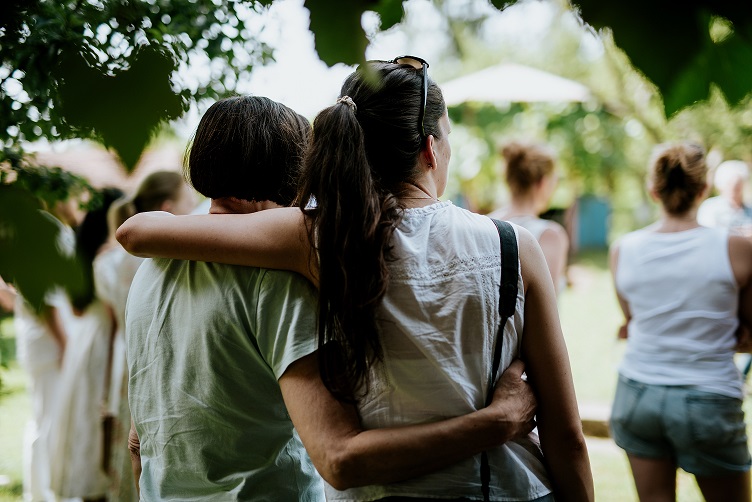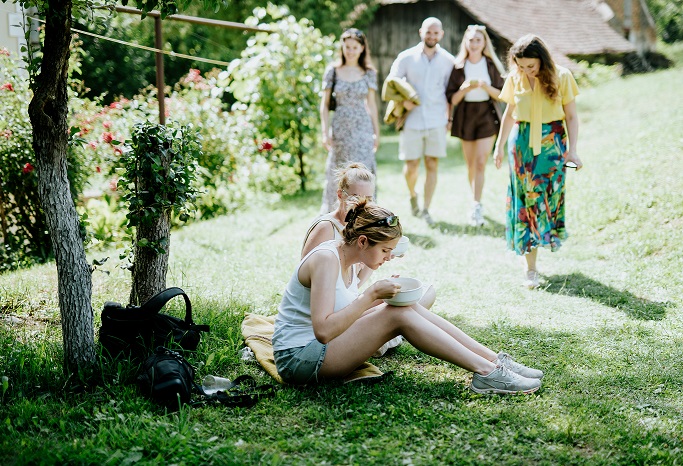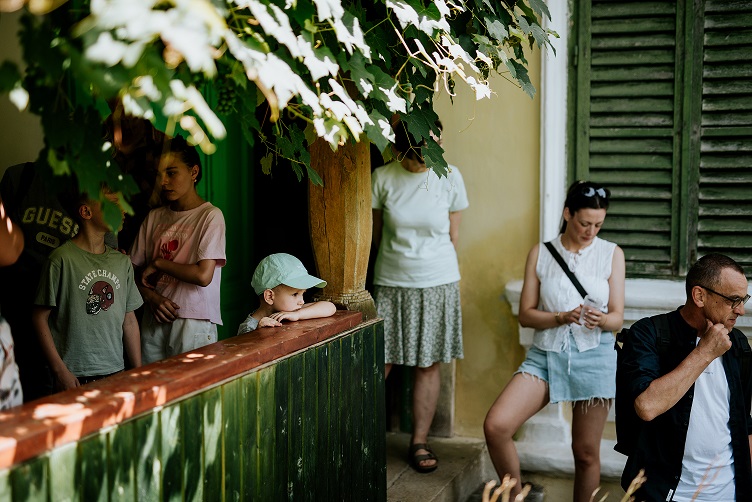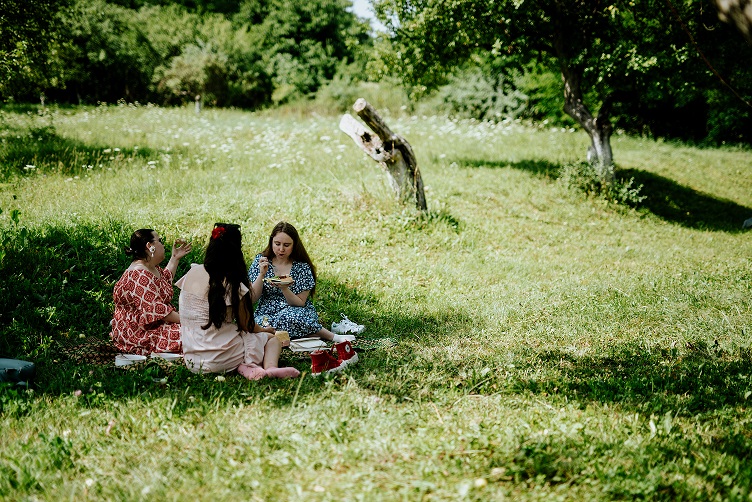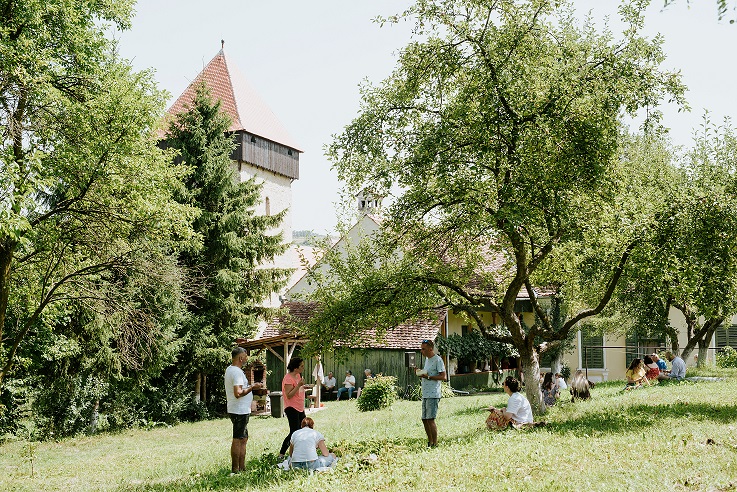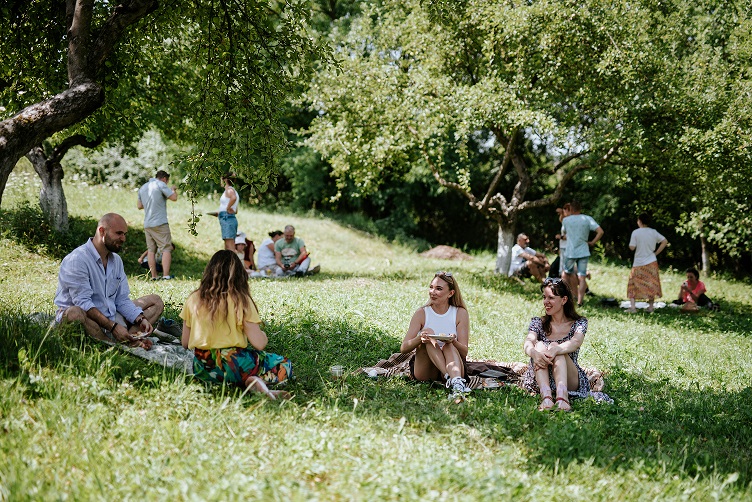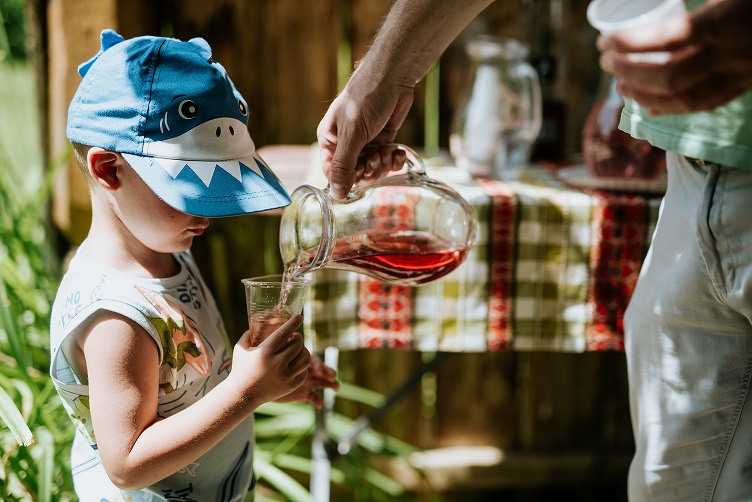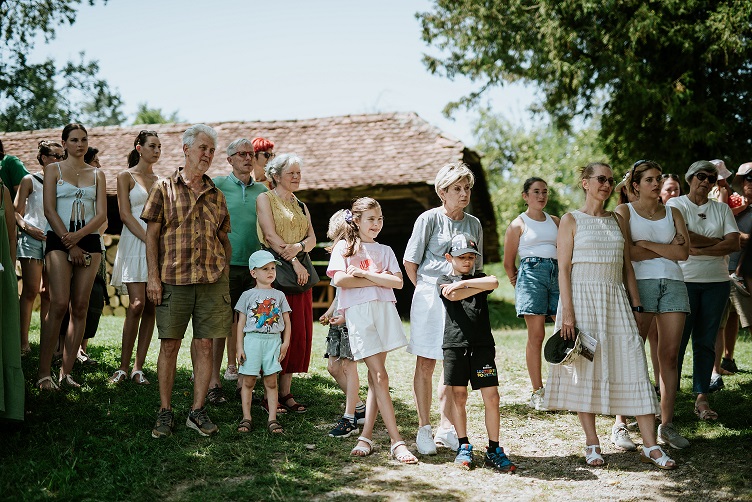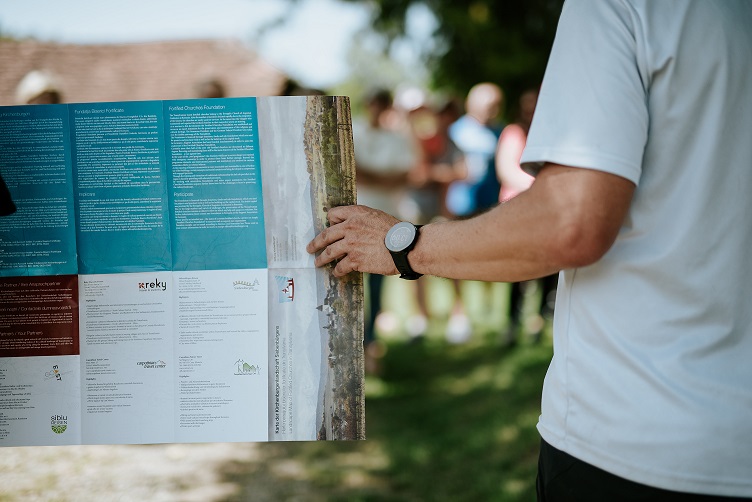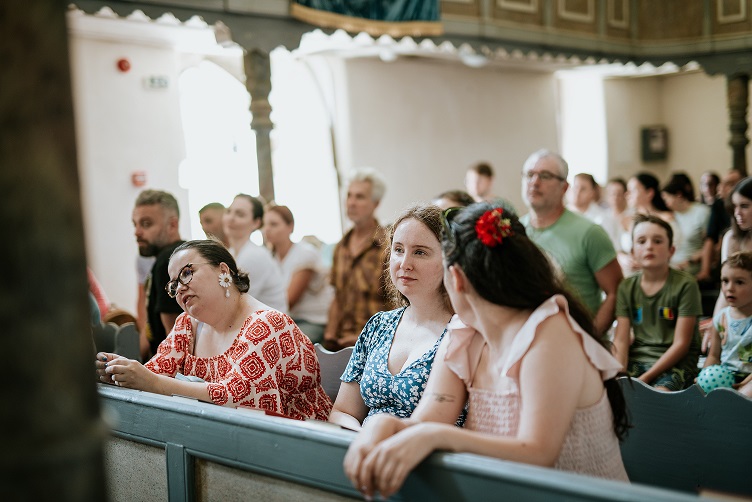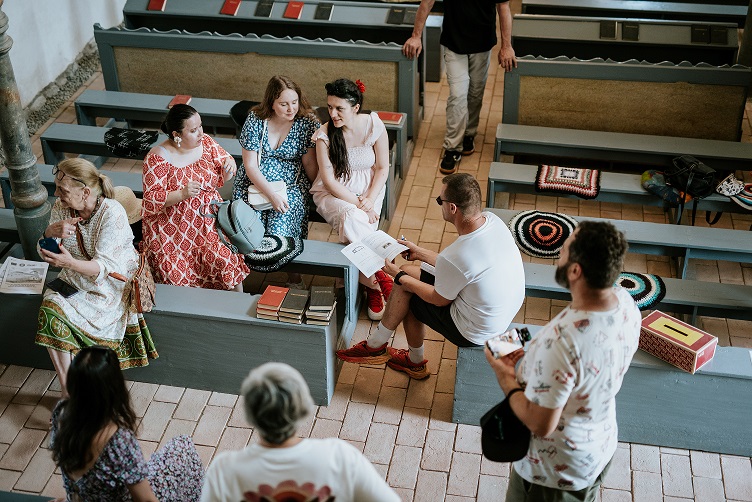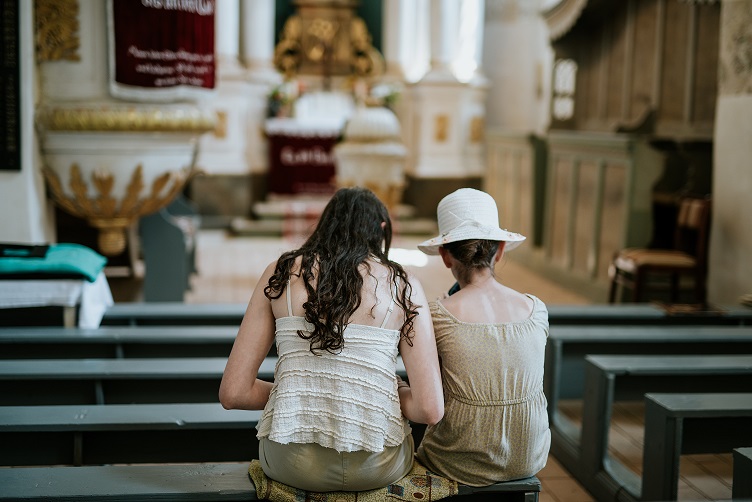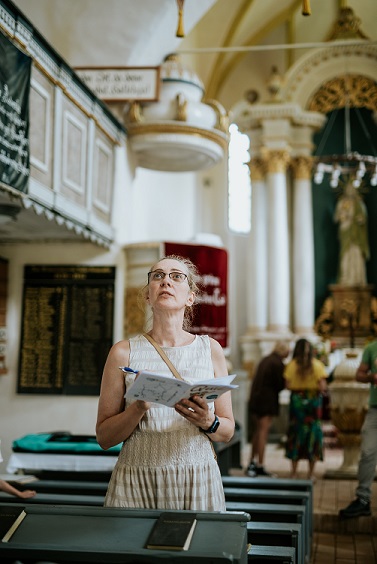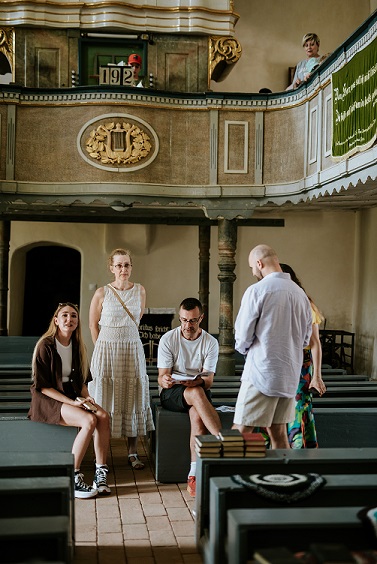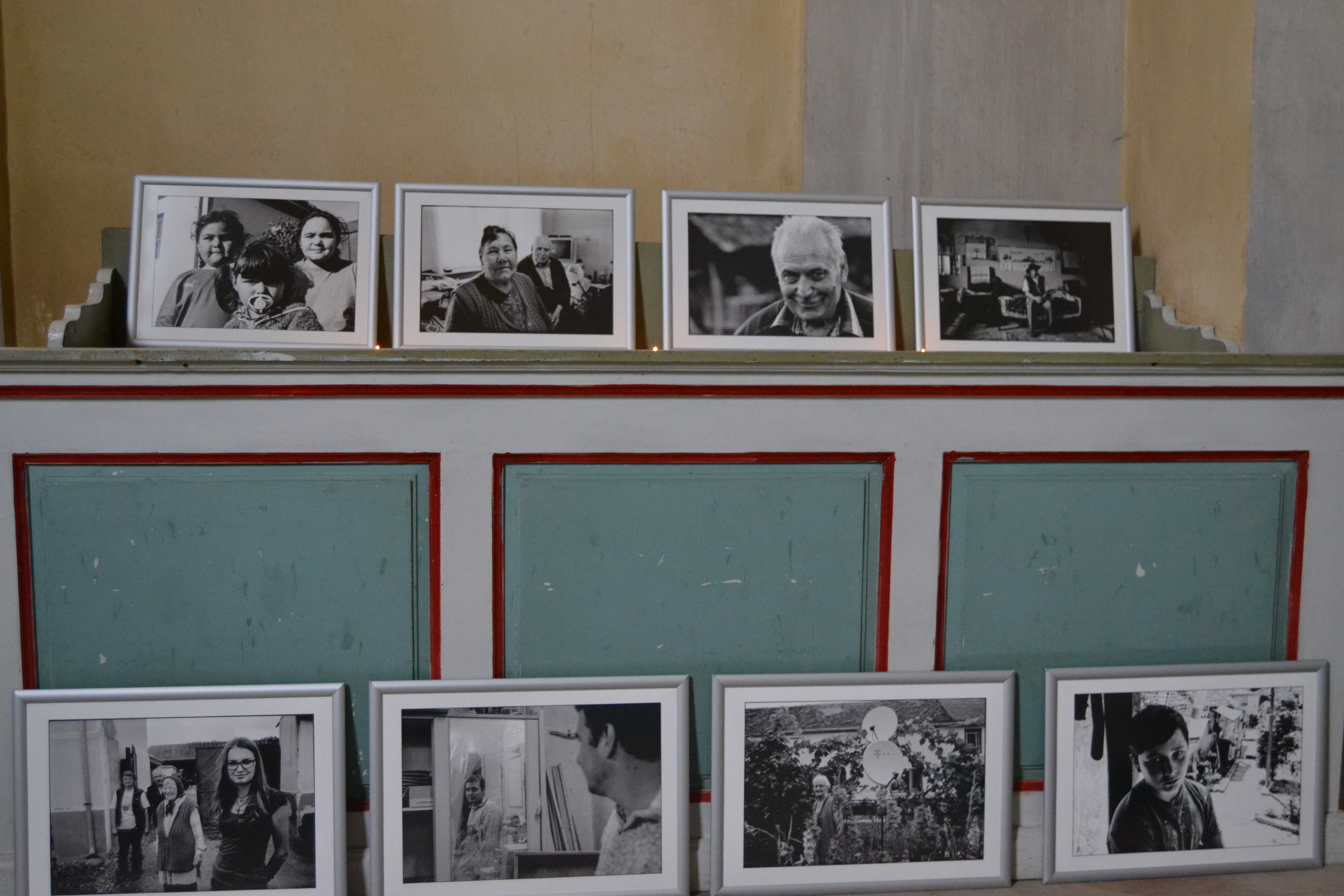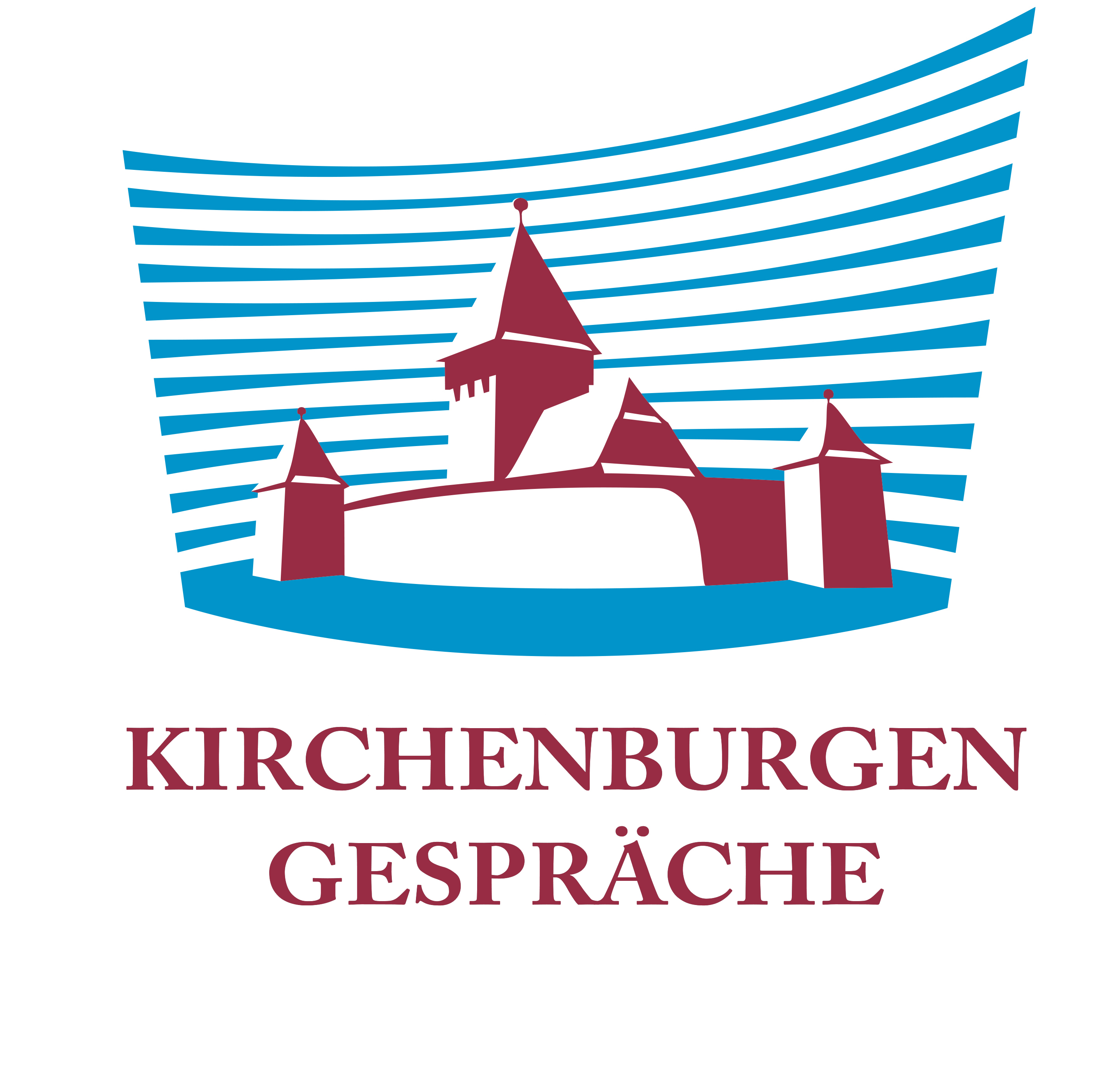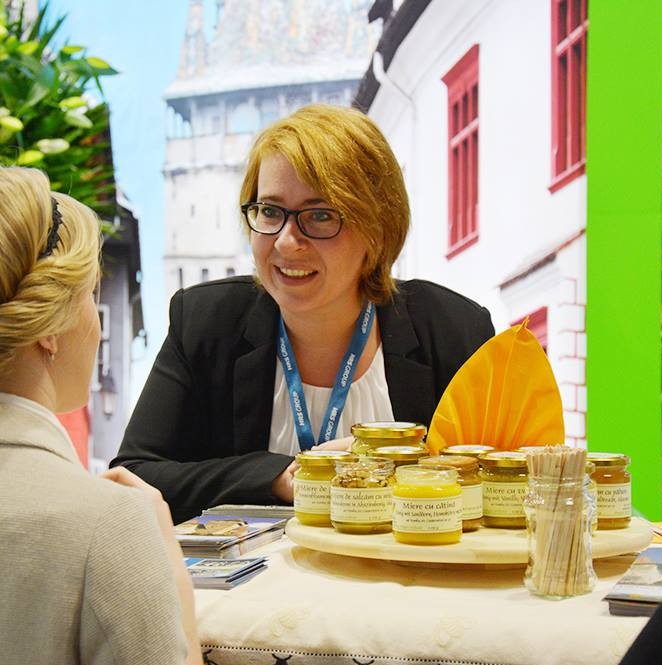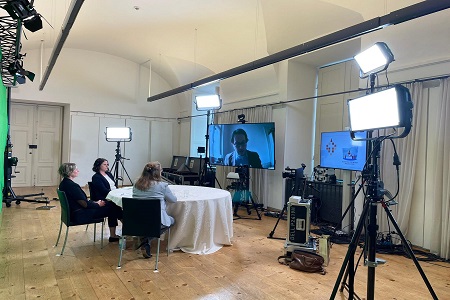How is this possible? There are hardly any Saxons left in Ruja, and the few who remain are not involved with the church – with one exception: Daniel Andree, the church caretaker (curator). At over seventy years old, he takes care of everything. Like most others, he had emigrated, but unlike most, he returned. He desperately needs help. But where to find it? He does what he can, even though he’s often tired. His wife, Anişoara, cares for him lovingly, as women once knew so well how to do, but she also sees that the burden sometimes overwhelms him. But how can he stop, when there’s no one to take over? “As long as I can, I’ll keep going – and when I no longer can…” he says, with tears in his eyes.
Thanks to him and his wife Anişoara, the Transylvanian Brunch was able to take place on Saturday, July 26, in Ruja.
The concept of the Transylvanian Brunch has been featured several times before. Christian Valentin Cismaru, through the Fortified Churches Foundation, is working to preserve and revitalize 160 fortified churches. The concept combines food and culture to raise awareness among locals of all backgrounds about the cultural heritage left by the Transylvanian Saxons. From the participation fee, 5 euros go to the local host – in this case, for building a rainwater collection station, as water scarcity on the hill is a problem.
The church in Ruja was dressed for celebration. It was extensively renovated with EU funding and a small contribution from the local community. When asked if it was difficult to work with the craftsmen, Andree explained that he worked only with Hungarian craftsmen, who did excellent work in line with the architects’ and conservation experts’ requirements. Now, only the organ pipes (built in 1803 by Samuel Joseph Metz) still need cleaning and tuning.
As always, the day started early, with volunteers arriving to help Mrs. Anişoara and her daughters – preparing sandwiches, chopping vegetables, arranging salads, cutting cakes, setting up tables, and much more. Of course, the Andree couple had done most of the work beforehand: green bean soup, caraway soup, sarmale (stuffed cabbage rolls), onion stew, spreads, cakes… too much to list. Every bite was a treat – made with no additives or flavor enhancers.
When the guests arrived – mostly Romanians, curious and open-minded – a brief welcome by Cismaru and the hosts was followed by a buffet. Simple, authentic, and delicious. The drinks were all natural: syrup, lemonade, cold tea, and water. No alcohol.
Satisfied and clear-headed, the participants could listen attentively to the speaker. Cismaru gave an introduction to the region’s history and emphasized the uniqueness of the Transylvanian Saxon fortified church landscape. There are 160 monuments that need preservation. Fortunately, 85% of the funding comes from the European Union. The remaining 15% is shared between the Romanian state, the German state, local communities, and Saxon hometown associations (HOGs – which contribute 2–3%). Preservation is just the first step. Equally important is use. And increasingly, that use will be related to tourism. That’s why guest rooms are being set up in former parish houses or even church towers. Ruja is doing the same. For people who want to escape the rush of everyday life and reconnect with nature, Ruja is the perfect place.
Afterward, Andree presented the church, where services are still held every two weeks. For the children, a quiz was organized based on what they had seen and heard, and they participated enthusiastically. Due to the heat – it was 35°C – the planned walk around the village was canceled. Instead, everyone enjoyed resting in the shade on picnic blankets, letting the day wind down peacefully.
Next Saturday, another Transylvanian Brunch will take place – this time in Weingarten (Vingard). The participation fee is 150 lei, with 25 lei going toward small local projects.
Author: Annette Königes


